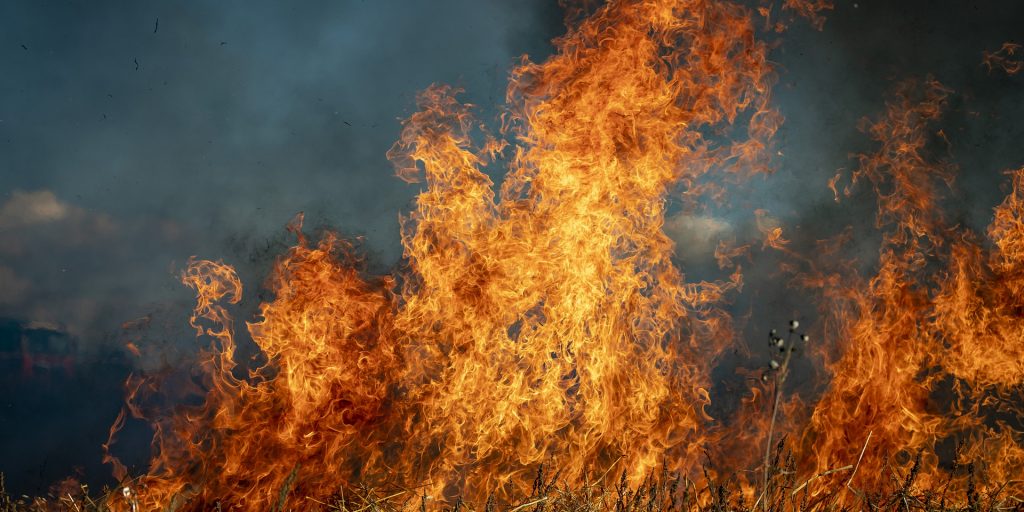U.S. Forest Service, Department of Agriculture announce new 10-year wildfire mitigation plan
Budgets can be balanced; staffing shortages can be solved; failing infrastructure can be fixed; but no political leader—no matter how adept—can stem rising tides, hold off a hurricane or smother an out-of-control wildfire. Of all the challenges municipal and county administrators must face, none is more daunting than climate change.
In its latest effort to assist local governments in this endeavor, the U.S. Department of Agriculture announced Tuesday a 10-year plan to help western states control wildfires, “Confronting the Wildfire Crisis: A Strategy for Protecting Communities and Improving Resilience in America’s Forests,” the destruction of which has spiraled into a crisis in the last decade.
“The negative impacts of today’s largest wildfires far outpace the scale of efforts to protect homes, communities and natural resources,” said Agriculture Secretary Tom Vilsack in a statement announcing the initiative. “Our experts expect the trend will only worsen with the effects of a changing climate, so working together toward common goals across boundaries and jurisdictions is essential to the future of these landscapes and the people who live there.”
According to the statement, the strategy centers around a need to increase fuels and forest health treatment, and highlights new research by Forest Services scientists identifying high risk “firesheds,” or large tree-covered landscapes that could easily catch fire. Firesheds are typically about 250,000 acres and, if ignited, pose a risk to homes, communities, infrastructure and natural resources.
“Growing wildfire risk is due to accumulating fuels, a warming climate, and expanding development in the wildland-urban interface. The risk has reached crisis proportions in the West, calling for decisive action to protect people and communities and improve forest health and resilience,” the strategy says.
Confronting the challenge will require a “paradigm shift” in the way land managers thinking about wildfire management, crossing jurisdictional boundaries “to reduce risk and restore fire-adapted landscapes.” It calls for treating an additional 20 million acres (about the area of Kentucky) of National Forest System land and another 30 million acres (roughly the size of Arkansas) of other federal, state, Tribal and privately held land. These proposed treatments include prescribed burns and thinning to reduce fuel load, “complemented by investments in fire-adapted communities and work to address post-fire risks, recovery and reforestation,” according to the statement.
The plan will begin being implemented immediately through nearly $3 billion allotted through the Bipartisan Infrastructure Law for the purpose of restoring America’s grasslands and forests.
“We already have the tools, the knowledge and the partnerships in place to begin this work in many of our national forests and grasslands, and now we have funding that will allow us to build on the research and the lessons learned to address this wildfire crisis facing many of our communities,” said Forest Service Chief Randy Moore about the effort.
The full strategy document can be found on the Forest Service’s website. Those interested in partnering with the Forest Service should visit the National Partnership Office website at fs.usda.gov/working-with-us/partnerships.




















